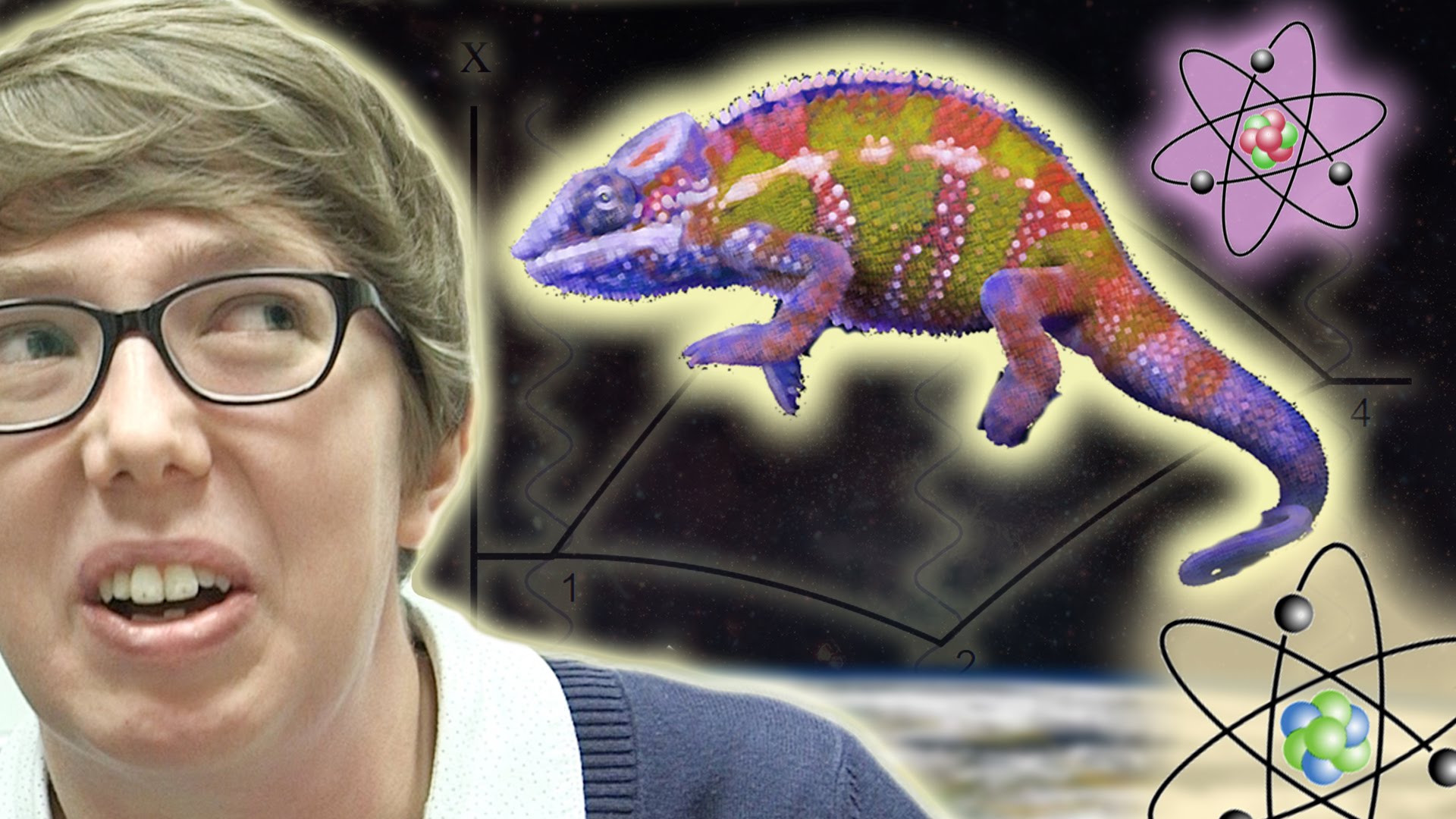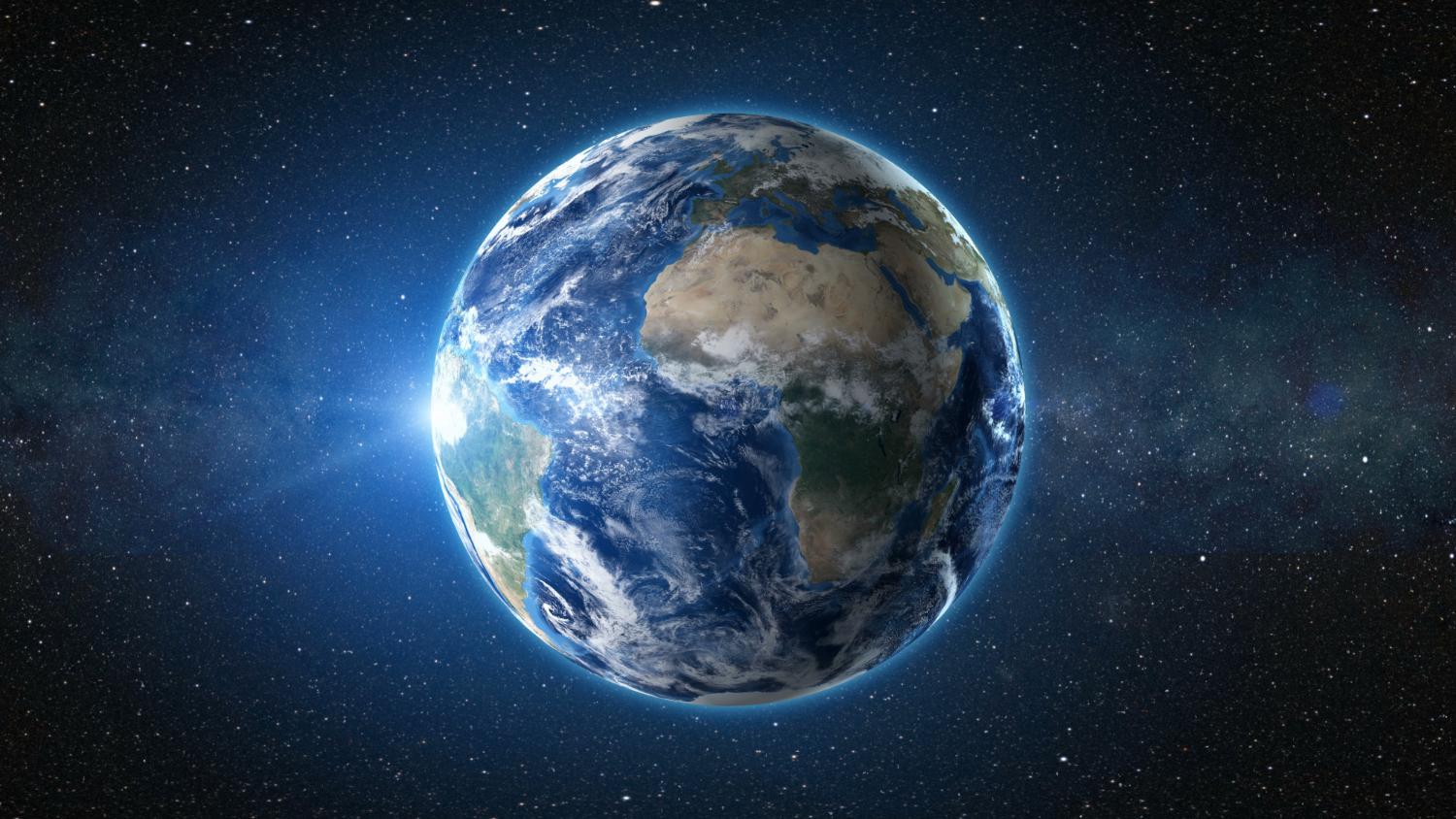Since the discovery of the accelerated expansion of the Universe, scientists are seeking the origin of this phenomenon. For now, it has been introduced the term “dark energy”, but we don’t know the source of this energy.
A recent hypothesis is linked to the so-called chameleon particles, which have the capacity to change their mass depending on the density of surrounding matter; according to some researchers, also underpins the “dark energy”. An ingenious experiment sought traces of this particle, but unsuccessfully, at least so far.
What is the Universe made of? We would be tempted to say that it’s made up of stars, planets, black holes, interstellar gas and many other such cosmic objects. Well, what we see, what we know from the universe seems to contribute only 5% to the total energy of the universe.
What is the remaining 95% of the Universe made of?
We don’t have a clear answer to this question, but we see the effects of this 95% that we don’t know. What kind of effects? First of all, we’re talking about gravitational effects on stars and galaxies – the effects of a type of matter that cannot be seen but can be “felt”.
This area was named the “dark matter” and it might contribute about 25% of all energy in the Universe. We suspect that it could be made up of particles that we have not discovered yet. But we are looking for them: in particle accelerators, such as the LHC in Geneva, in underground laboratories and using the equipment installed on satellites in space.
Besides dark matter, there’s also a form of energy, called dark energy, which has been discovered at the end of last century and would lead to the accelerated expansion of the Universe. This form of energy would represent 70% of all energy in the Universe. Therefore, it’s extremely important to discover its origin.
If searching for dark matter is somewhat simpler, as we know what we are looking for, he experiments hunting dark energy are far fewer in number, precisely because we do not have clear ideas about what might generate it – that is the phenomenon that underpins it.
There are many ideas, among them those related to that dark energy might be a kind of vacuum energy generated by quantum processes; there are many physicists working on the assumption, trying to propose experiments to validate it.
Looking for the chameleon particle
Another recent idea is the idea according which dark energy originates in the so-called chameleon particles – particles very different from the ones we know. If an electron or a proton have a well-defined mass, the chameleon particles would have a variable mass – a mass that depends on the density of surrounding matter. Very strange particles, different from the “ordinary” particles.
To check this idea, a group of researchers from the University of California, Berkeley, measured the fall of cesium atoms over an aluminum sphere with a diameter of about 2.5 cm. This drop is obviously influenced by the gravitational attraction, but researchers have tried to discover whether besides the effect of the well-known gravitational attraction, will be able to measure other effects that could be attributed to chameleon particles (or other unconventional sources).
Despite a very high accuracy, no contribution from nongravitational sources was detected within the experiment. Note that this experiment had an accuracy ten times better than that of the previous experiments.
What is the conclusion? For now, the source of dark energy and the chameleon particles have not been discovered.
Dark energy, as well as the dark matter, remain mysteries. Despite the fact that the two represent about 95% of the total energy of our Universe (as is currently believed) we still don’t know what underlies them.
In the near future, we will conduct experiments of even higher precision – and perhaps in the coming years, we’ll be able to discern the origin of these phenomena which have a dominant role in the dynamics and evolution of our Universe.








